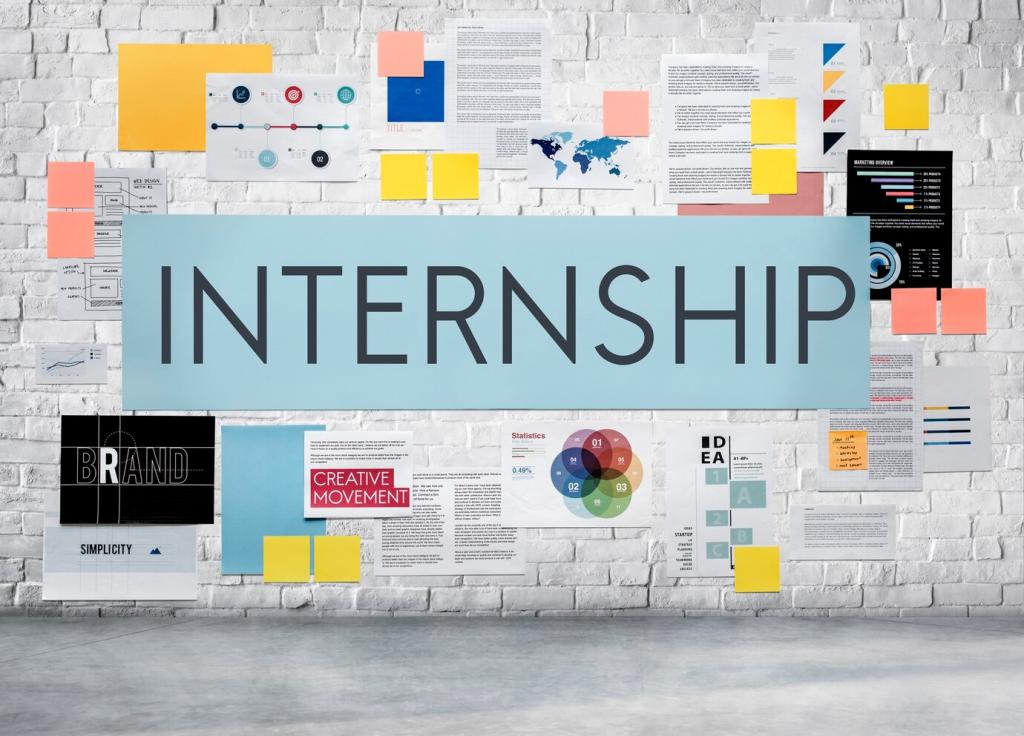Build Powerful Professional Networks in IT
Chosen theme: Building Professional Networks in IT. Welcome to a friendly, actionable starting point for engineers, designers, and product minds who want relationships that open opportunities, accelerate learning, and make work more meaningful. Subscribe, comment, and grow with us as we practice together.



Why Networks Power IT Careers
Roles often arrive through acquaintances, not best friends, echoing classic weak-ties research. A backend developer I coached landed a dream platform role because someone who once reviewed his open source issue remembered his reliability and introduced him to the hiring manager.
Why Networks Power IT Careers
When you are networked, answers arrive faster than search results. One quick chat with a staff engineer about database indexing can save weeks of trial, error, and stress. Multiply that by countless micro-conversations, and your learning curve accelerates dramatically over a career.
Craft a Conversation-Ready Profile
Clarify who you help and how. Include two recent projects, tech stack highlights, and a short line about what you are exploring next. End with a simple invitation to connect around specific topics so strangers immediately know why a conversation would be worthwhile.
Warm Introductions Over Cold Messages
Ask a mutual contact for a short intro that states context, your goal, and a clear, low-effort next step. Warm intros feel safer and more relevant, dramatically increasing reply rates while making everyone look thoughtful and respectful of time.
Attend Small, Recurring Meetups
Large conferences can feel overwhelming. Instead, try a monthly language-specific meetup or a local architecture roundtable. Familiar faces remove friction, and steady attendance builds recognition. Share what you are learning and ask two others about their current challenges.
Online Platforms That Actually Work
Post once a week about a problem you solved, include a short diagram or code snippet, and tag tools you used. Thoughtful comments on others’ posts create visibility without shouting. Aim for clarity, humility, and usefulness rather than polished self-promotion.
Online Platforms That Actually Work
Consistent commits, clean READMEs, and helpful issues show how you think. Contribute small documentation improvements or tests to projects you admire. Maintainers notice reliability, and those relationships often lead to referrals, collaboration invites, and interview fast-tracks when timing aligns.


Building Trust, Not Just Contacts
Give Before You Ask
Offer a useful resource, a short code review, or an intro to someone relevant. Even small wins, delivered reliably, compound into reputation. People remember who made their day easier when they consider who to recommend for meaningful opportunities.
Follow Up That Feels Human
Send a brief note after meeting: one takeaway, one resource, and one question. A month later, share an update on how their advice helped. Authentic, specific follow-ups transform one-off chats into relationships that grow with shared progress.
Consistency Creates Reputation
Set a recurring reminder to check in with three contacts weekly. Celebrate their milestones, amplify their work, and ask what they are exploring. Steady, thoughtful touchpoints create the dependable presence that hiring managers and founders instinctively trust.
Networking for Introverts and Busy Engineers
Use short, respectful messages with specific topics and clear boundaries. Example: I loved your post on resilient microservices. Could I ask two questions by email this week? Asynchronous conversations protect focus while still building strong professional bridges in IT.
At Conferences and Hackathons: Make Moments Stick
Plan Your Targets
Review the agenda and pick five sessions aligned to your focus. Identify three people you genuinely hope to meet and prepare one thoughtful question for each. Intentionality reduces anxiety and helps you show up as curious, prepared, and memorable.
Use Shared Artifacts
Bring a lightweight artifact: a one-page system sketch, a tiny demo, or a public gist. Tangible examples anchor conversations, making it easier for others to introduce you later because they remember exactly what you do and why it matters.
Post-Event Momentum
Within forty-eight hours, send a concise recap with a link to a relevant resource. Offer one concrete next step, like pairing on a small experiment. Timely follow-through turns fleeting hallway chats into collaborations that compound into meaningful new chapters.

